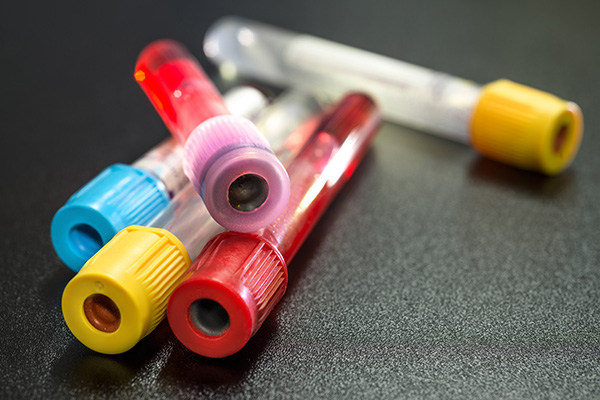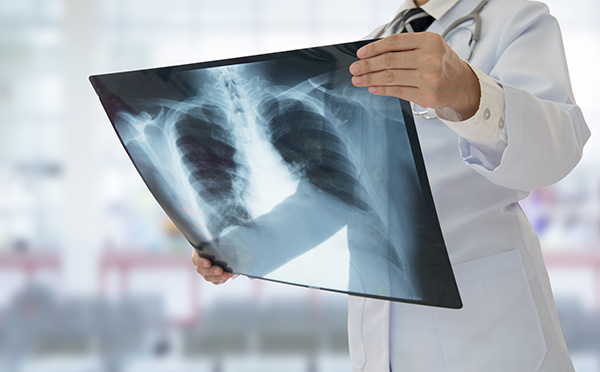Opening Times | Patient Services | Contact Us
CQC Rating Good
Tests and Results
Blood tests, swabs and urine samples are sent to the laboratory daily. The results are computerised and usually received back two or three days later. In order for the doctor to comment on the result, it is advisable to phone Bower Mount Medical Practice after 10am, please press option 3 on the phone. Should you require any further medical information, please phone the practice to book a phone call with the GP. Reception staff are not medically trained to discuss test results. X-ray results should be discussed with the Gp, Receptionists can only let you know if the result has been received and/or if the GP has commented on the result. This is usually 10-14 days after the X-ray was concluded.

Should you wish to give consent for a person phoning on your behalf to receive your results, please obtain a form from reception. If there is a change of name, address or telephone number for you or a family member, it is your responsibility to update them from time to time by completing a change of name/address form available from reception or on the website - How Do I form.
If you wish to give permission for a third named person to receive results on your behalf, download the Patient Consent Form, see below. Once completed, please return it to the surgery.

Blood Tests
A blood test is when a sample of blood is taken for testing in a laboratory. Blood tests have a wide range of uses and are one of the most common types of medical test. For example, a blood test can be used to:
- assess your general state of health
- confirm the presence of a bacterial or viral infection
- see how well certain organs, such as the liver and kidneys, are functioning
A blood test usually involves the phlebotomist taking a blood sample from a blood vessel in your arm and the usual place for a sample is the inside of the elbow or wrist, where the veins are relatively close to the surface. Blood samples from children are most commonly taken from the back of the hand. The child's hand will be anaesthetised (numbed) with a special cream before the sample is taken.
You can find out more about blood tests, their purpose and the way they are performed on the NHS Choices website
X-Ray
An X-ray is a widely used diagnostic test to examine the inside of the body. X-rays are a very effective way of detecting problems with bones, such as fractures. They can also often identify problems with soft tissue, such as pneumonia or breast cancer.
If you have a X-ray, you will be asked to lie on a table or stand against a surface so that the part of your body being X-rayed is between the X-ray tube and the photographic plate.
An X-ray is usually carried out by a radiographer, a healthcare professional who specialises in using imaging technology, such as X-rays and ultrasound scanners.
You can find out more about x-ray tests, how they are performed, their function and the risks by visiting the NHS Choices website.

We use cookies to help provide you with the best possible online experience.
By using this site, you agree that we may store and access cookies on your device. Cookie policy.
Cookie settings.
Functional Cookies
Functional Cookies are enabled by default at all times so that we can save your preferences for cookie settings and ensure site works and delivers best experience.
3rd Party Cookies
This website uses Google Analytics to collect anonymous information such as the number of visitors to the site, and the most popular pages.
Keeping this cookie enabled helps us to improve our website.
